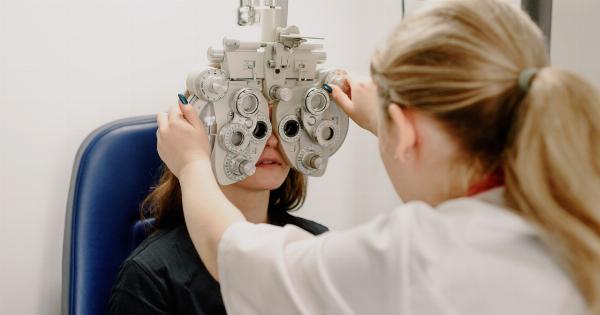Preeclampsia is a medical condition that affects pregnant women and can lead to serious complications for both the mother and baby. It is characterized by high blood pressure and protein in the urine after 20 weeks of pregnancy.
If left untreated, it can lead to eclampsia, which is a life-threatening condition that can cause seizures, organ damage, and even death.
While there is currently no cure for preeclampsia, early detection and management can help to minimize the risks and prevent complications. One tool that has shown promise in the short-term prevention of preeclampsia is the Elecsys test.
What is the Elecsys Test?
The Elecsys test is a blood test that measures the levels of two proteins in the blood: soluble fms-like tyrosine kinase 1 (sFlt-1) and placental growth factor (PlGF).
SFlt-1 is a protein that is produced by the placenta and acts to inhibit the growth of blood vessels. PlGF, on the other hand, promotes the growth of blood vessels.
In women who develop preeclampsia, the levels of sFlt-1 are typically elevated, while the levels of PlGF are decreased.
The Elecsys test measures the ratio of sFlt-1 to PlGF in the blood. A high ratio indicates that the woman is at increased risk of developing preeclampsia in the near future.
How is the Elecsys Test Used?
The Elecsys test is typically used in women who are at high risk of developing preeclampsia.
This includes women who have a history of preeclampsia in a previous pregnancy, women with pre-existing medical conditions such as diabetes or hypertension, and women who are carrying multiple babies.
The test is usually performed around 20 to 34 weeks of pregnancy. If the ratio of sFlt-1 to PlGF is high, the woman may be treated with medication to help prevent the development of preeclampsia.
The medication may help to improve blood flow to the placenta, which can reduce the risk of complications.
What are the Benefits of the Elecsys Test?
One of the biggest benefits of the Elecsys test is that it can help to identify women who are at increased risk of developing preeclampsia in the near future.
This allows for early intervention and management, which can help to prevent complications and reduce the risk of long-term health problems for both the mother and baby.
Studies have shown that the Elecsys test has a high degree of accuracy in predicting the development of preeclampsia. In one study, the test was able to accurately predict preeclampsia in over 90% of cases.
In addition, the test is non-invasive and relatively simple to perform. It requires only a blood sample from the mother, which can be taken during a routine prenatal appointment.
What are the Limitations of the Elecsys Test?
While the Elecsys test is a valuable tool for the prevention and management of preeclampsia, there are some limitations to its use.
Firstly, the test is relatively expensive, which may limit its availability in some healthcare settings.
In addition, not all women who develop preeclampsia will have an abnormal ratio of sFlt-1 to PlGF, so the test may not be able to identify all cases of the condition.
Finally, the test is not a cure for preeclampsia. While it can help to prevent the development of the condition in some cases, women who have already developed preeclampsia will require close monitoring and may need to deliver their baby early.
Conclusion
Preeclampsia is a serious medical condition that affects pregnant women and can lead to serious complications for both the mother and baby.
The Elecsys test is a valuable tool for the prevention and management of preeclampsia, as it can help to identify women who are at increased risk and allow for early intervention and treatment.
However, it is important to remember that the Elecsys test is not a cure for preeclampsia, and women who have already developed the condition will require close monitoring and medical intervention.
With the right care and management, however, many women with preeclampsia go on to have healthy pregnancies and babies.































